Fascinating Engines From The Past We Forgot About
The rumble of a muscle car V8 or the shriek of a high-performance Japanese import. Certain engine sounds are forever etched in our automotive memory.
The history of cars is filled with hidden gems, innovative powerplants that once ruled the road but have faded from the spotlight. Unique designs, groundbreaking technologies, and the captivating stories behind these mechanical marvels. From the smooth symphony of European V6s to the raw power of American muscle car monsters, prepare to rediscover the engines that once powered automotive dreams.
Chrysler LA V8
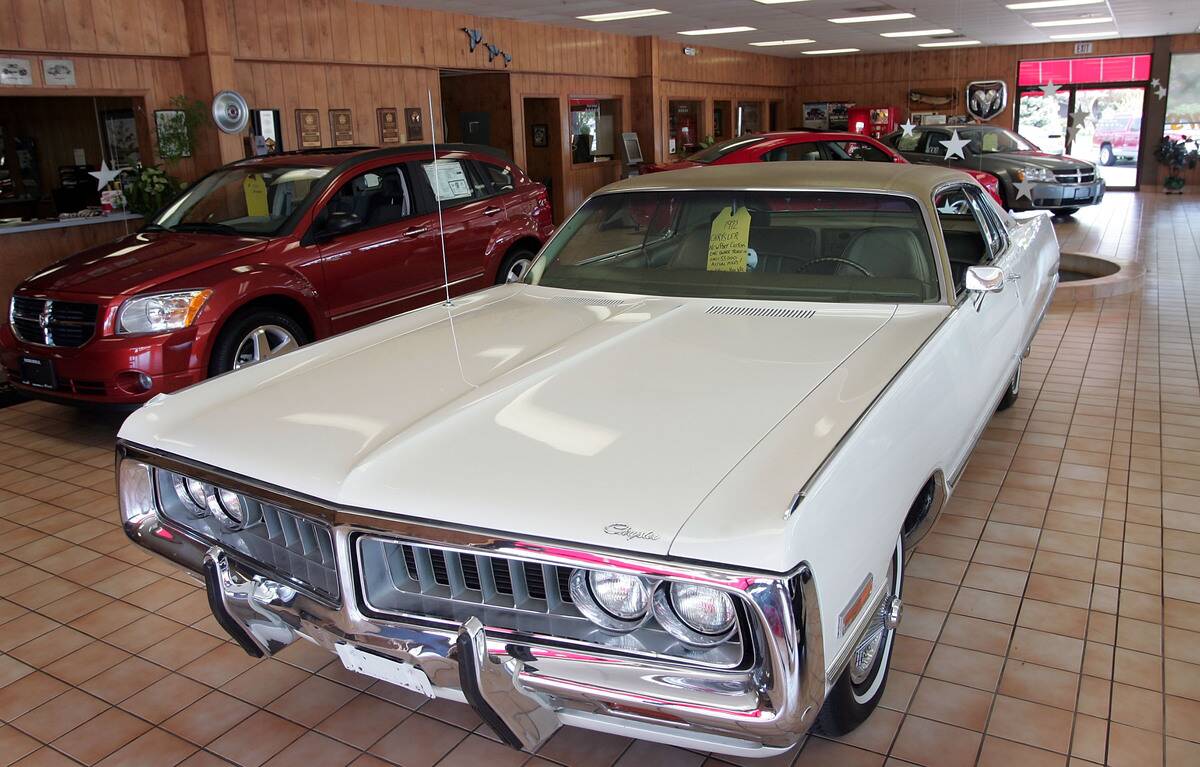
The Chrysler LA V8 engine was a workhorse introduced in the first half of the 1960s. Designed as a compact and powerful alternative to the larger A-Series engines, the LA came in a variety of displacements, from the economical 273-cubic-inch version to the muscular 360-cubic-inch version. Notably, the LA introduced hydraulic lifters in 1968, replacing the earlier solid lifters for quieter operation.
This versatile engine found its way into a wide range of Chrysler vehicles. From iconic muscle cars like the Dodge Challenger and Charger to workhorses like the Chrysler New Yorker and Dodge Ram trucks.
Ford 289 V8
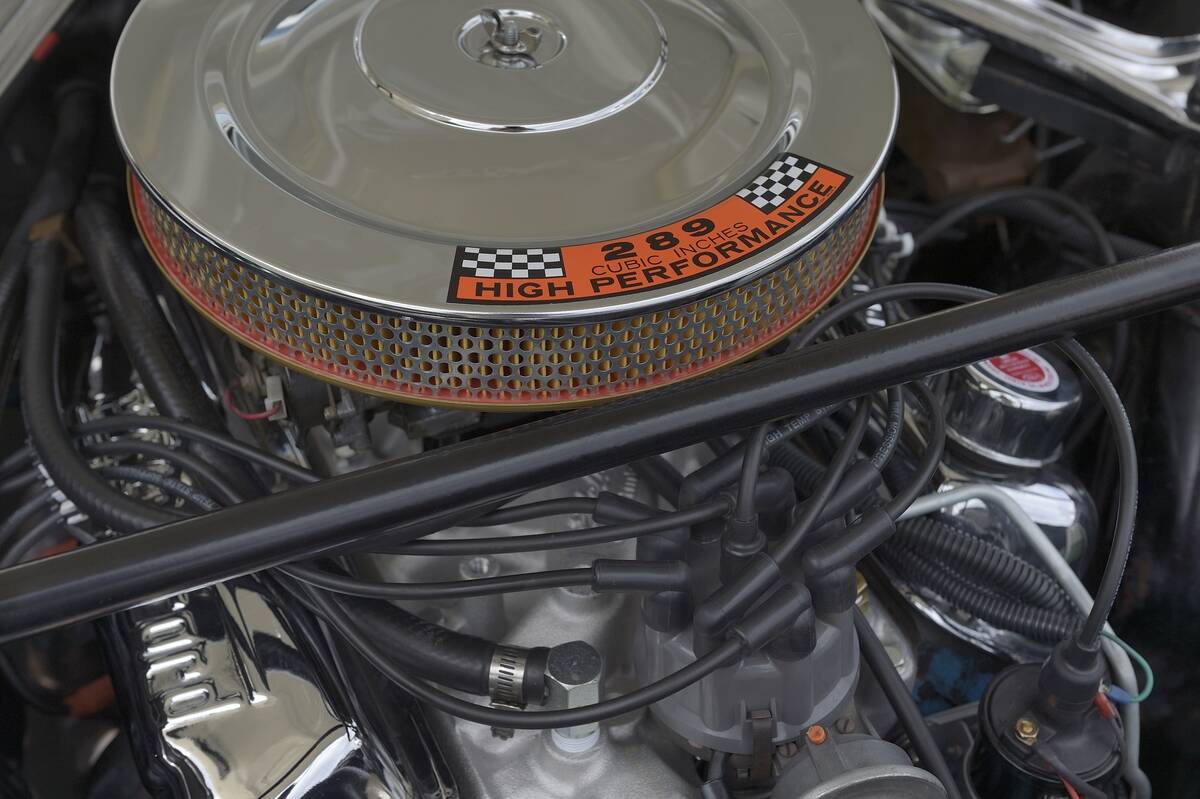
The Ford 289 V8 engine debuted in the early 60s. It left a lasting mark on the automotive world. This 4.7-liter powerhouse was a key player in the muscle car era, offering a perfect balance of performance and affordability.
Unlike its competition with bulky carburetors, the 289 came with a variety of options, including a two-barrel carburetor for everyday driving and a high-performance four-barrel setup for those seeking more power. This versatility made it a popular choice for not only muscle cars like the Ford Mustang and Shelby Cobra, but also for mid-size Fords and Mercurys.
Alfa Romeo Twin Cam
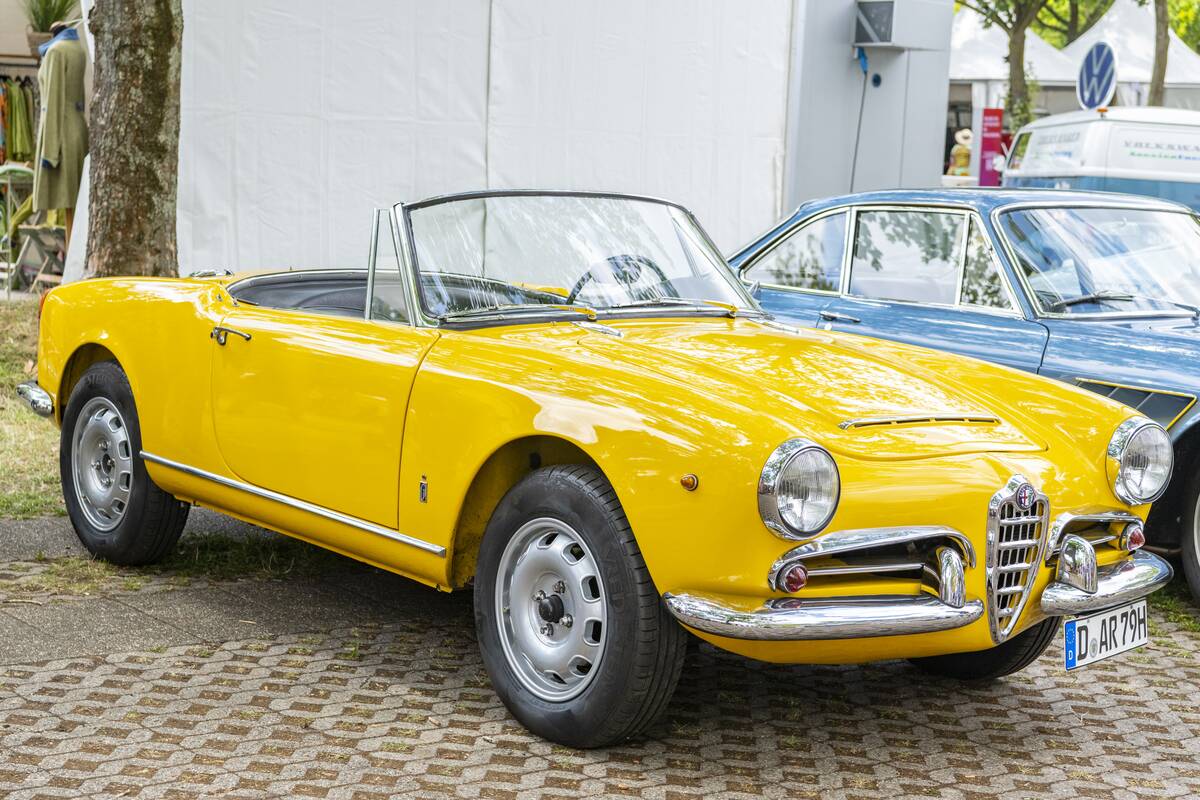
Known as the “bialbero” in Italian, the Alfa Twin Cam was a legendary four-cylinder engine produced in the second half of the 20th century. This all-aluminum, high-revving powerhouse marked a turning point for Alfa Romeo, known for its focus on performance and a truly soulful driving experience.
The Twin Cam featured double overhead camshafts and hemispherical combustion chambers, both of which were very innovative back then. This translated into impressive power and a captivating, growling sound. Some of the vehicles that are powered by this fantastic motor include the sporty Giulietta and Giulia sedans, the elegant Spider convertibles, and even later performance models like the Alfa Romeo Alfetta GT.
BMW M30
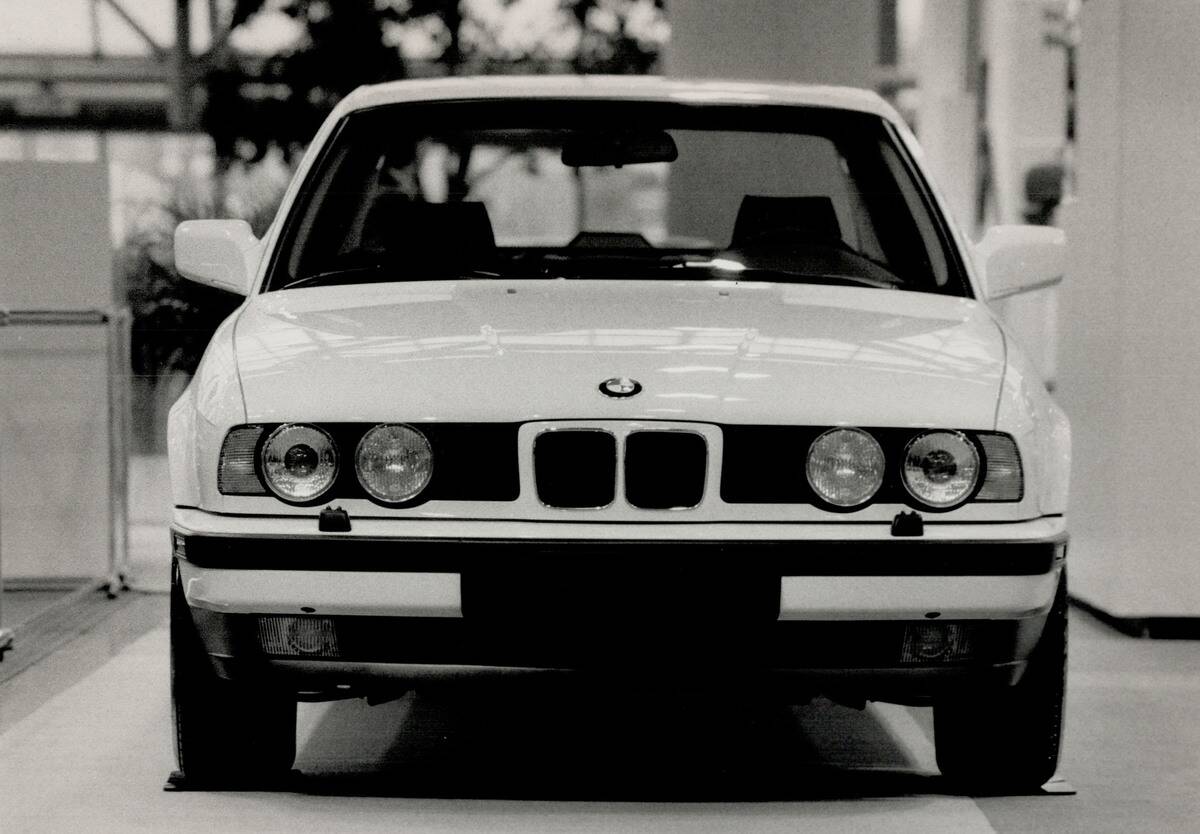
The BMW M30 engine reigned supreme for nearly three decades, holding the title of BMW’s longest-produced engine from 1968 to 1995. This silky-smooth straight-six came in various displacements, ranging from 2.5 liters to a powerful 3.5 liters.
While not known for mind-blowing horsepower figures, the M30 offered a perfect balance of refinement and power, making it a favorite for those who enjoyed a spirited yet comfortable driving experience. This engine found its home in a wide range of beloved BMWs, including the luxurious 5 Series and 7 Series sedans, as well as the sporty coupes of the 6 Series.
Nissan SR20DET
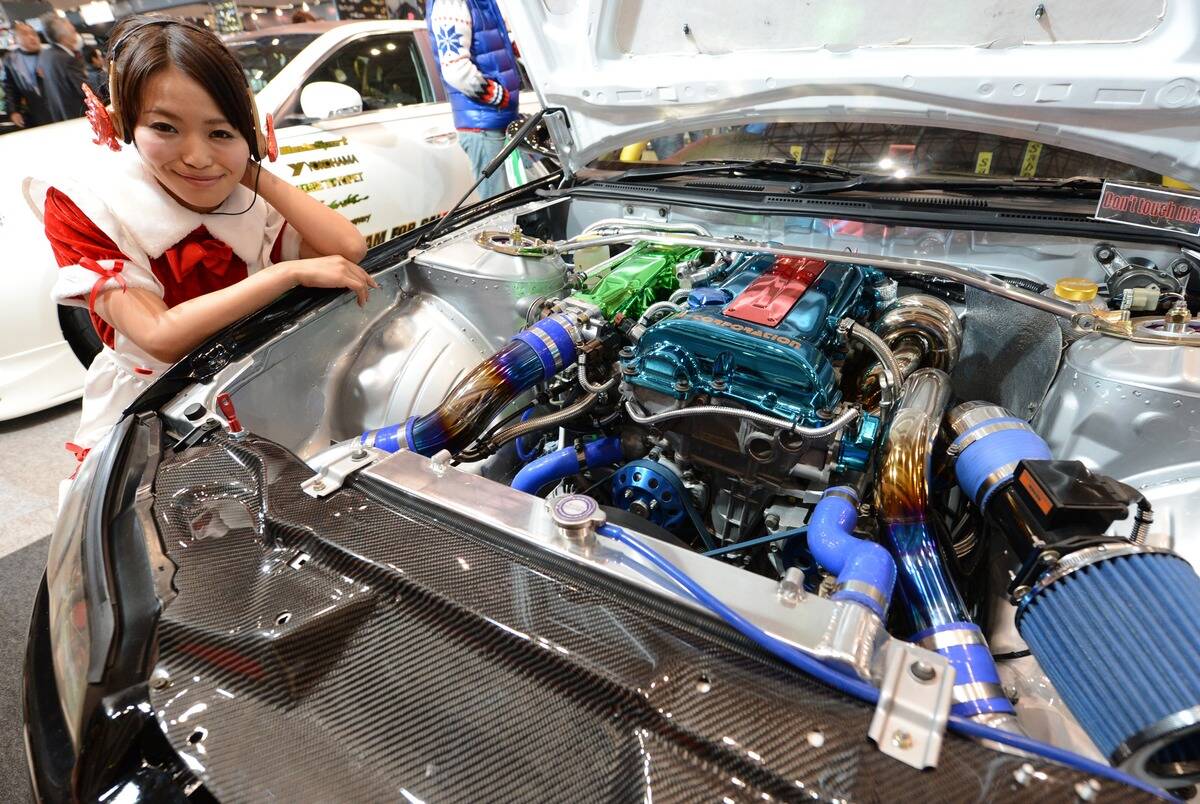
The Nissan SR20DET, a legendary turbocharged four-cylinder engine, reigned supreme from 1989 to 2002. It emerged as the successor to the CA18DET, offering a significant leap in performance. This 2.0-liter powerhouse boasted a robust aluminum block and a DOHC cylinder head with four valves per cylinder. A key feature was its Garrett turbocharger, which unleashed exhilarating power gains.
The SR20DET found its home in various Nissan vehicles, most notably the Silvia. It also powered the Nissan Pulsar GTI-R and the Bluebird SSS.
Datsun 240Z L24
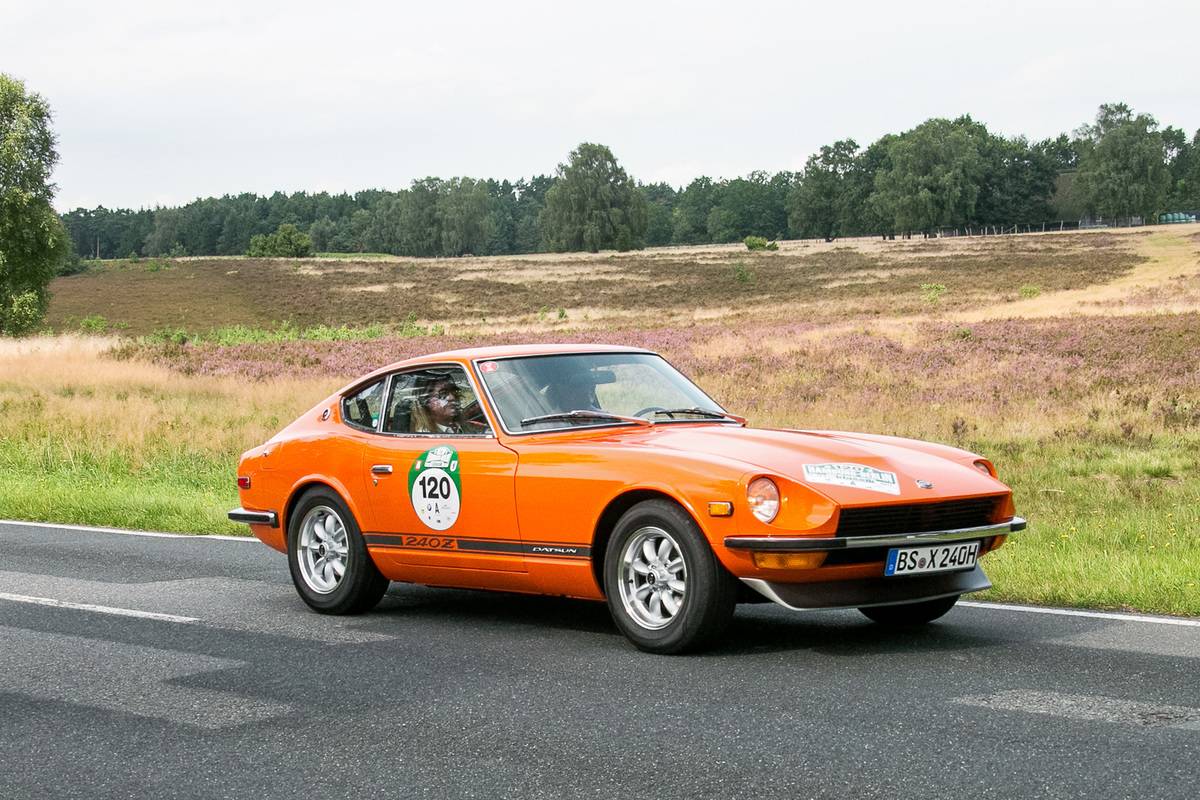
The Datsun L24 engine was a straight-six introduced in the late 60s, replacing the earlier L23. This 2.4-liter engine offered a modest power bump over its predecessor, reaching around 130 horses.
The L24 was a popular choice for Nissan’s sporty and performance-oriented vehicles throughout the 1970s and early 1980s. The motor made its way under the hood of iconic models like the Datsun 240Z or the Datsun 510 sedan.
Ferrari Colombo V12
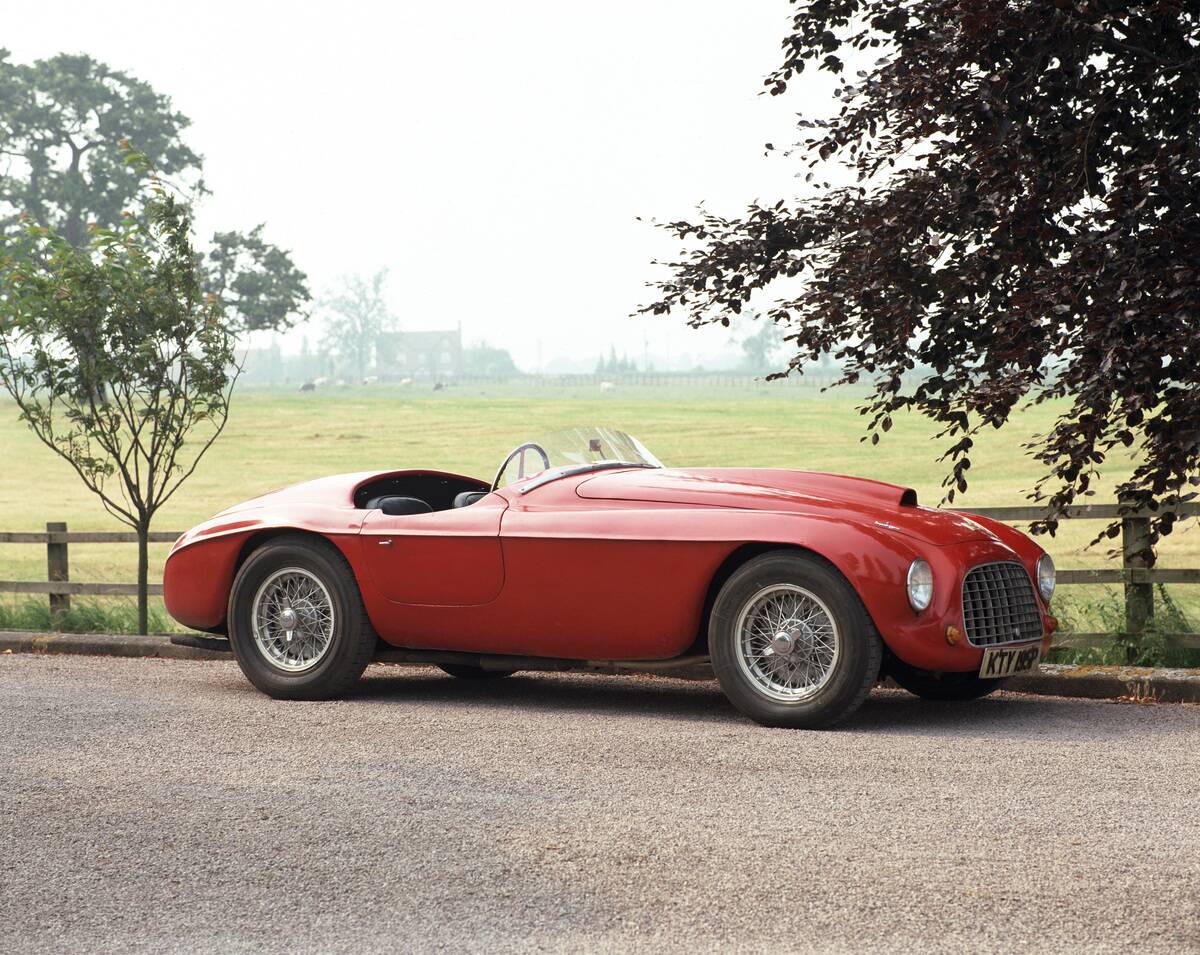
Designed by Gioacchino Colombo and produced from the late 40s into the 1980s, this 60-degree V12 was known for its smooth power delivery and a signature Ferrari exhaust note. Unarguably, the Colombo V12 was a truly legendary engine that powered some of the most coveted Prancing Horses ever built.
Early versions were relatively small, displacing around 1.5 liters, but grew over time to nearly 5 liters. The Colombo V12 was constructed with a lightweight aluminum block, a rarity for its era, and featured a single overhead camshaft per cylinder bank in most iterations.
Fiat Twin Cam
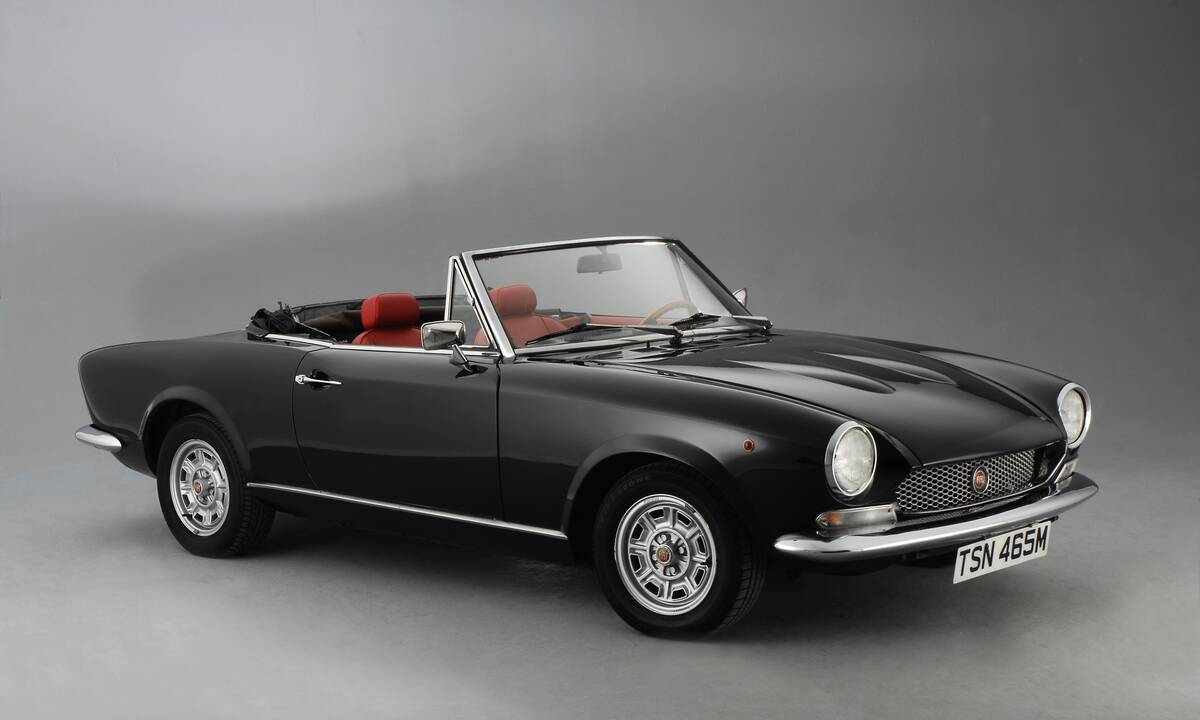
The Fiat Twin Cam, also known as the Lampredi Twin Cam after its designer, Aurelio Lampredi, was a marvel of engineering that carved its name in both motorsport and everyday driving. Debuting in 1966, this double overhead camshaft inline-four engine came in various displacements ranging from 1.3 liters to 2.0 liters.
Its unique features included a crossflow cylinder head that improved air intake and exhaust flow, contributing to its impressive power output and responsiveness. Throughout its production run until 2000, the Fiat Twin Cam engine was installed in numerous Fiat, Lancia, and even Alfa Romeo vehicles, making it a true legend of the automotive world.
Honda VTEC
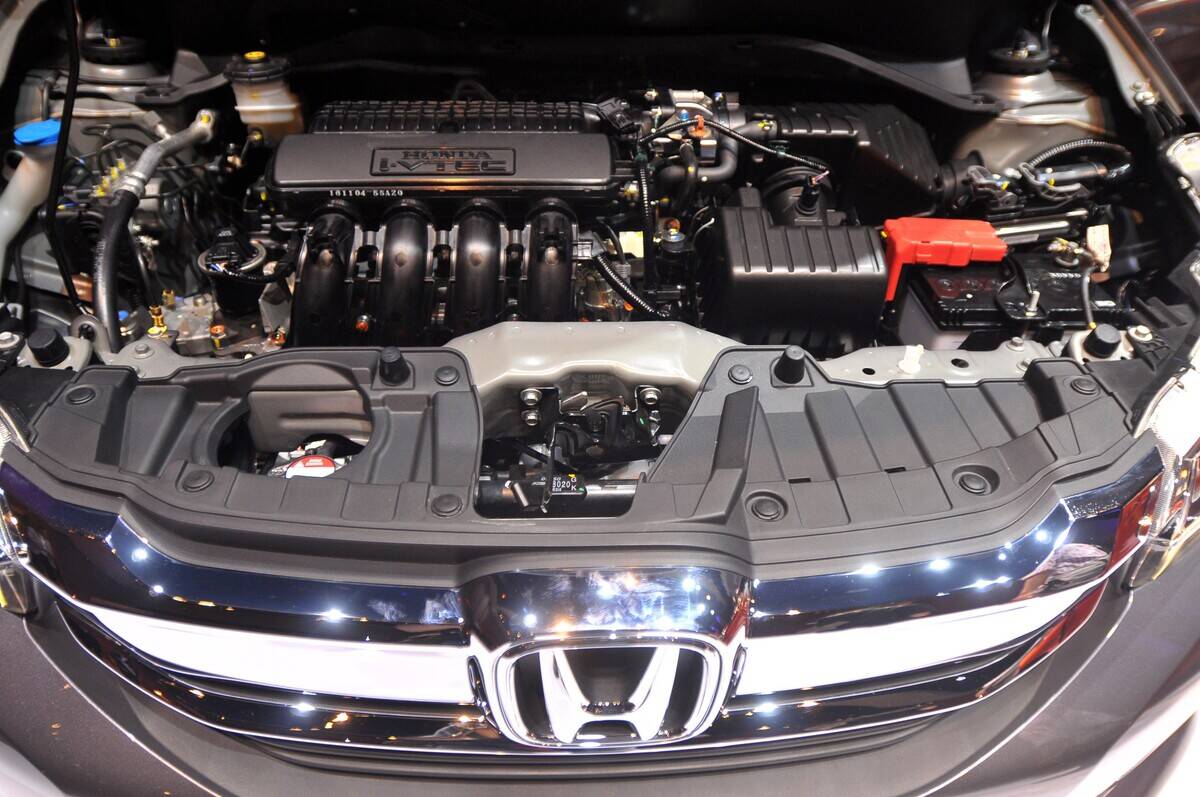
VTEC stands for Variable Valve Timing and Lift Electronic Control. This motor truly revolutionized the internal combustion engine back when it first hit the market in the late 1980s. This innovative system addressed a longstanding challenge: achieving both high performance and fuel efficiency.
VTEC works by employing multiple camshaft profiles that are selected depending on engine RPM. At low revs, the engine prioritizes fuel efficiency using a low-lift cam. As the engine revs higher, VTEC seamlessly switches to a high-lift cam, allowing for more air intake and increased power output. This technology transformed Honda engines, creating a responsive and powerful driving experience without sacrificing fuel economy.
Jaguar XK Inline-Six

The Jaguar XK engine, a refined and powerful inline-six, roared onto the scene in 1949. This sophisticated powerplant quickly established itself as a cornerstone of Jaguar’s performance and luxury. Initially displacing 3.4 liters, the XK grew to encompass variants ranging from 2.4 to 4.2 liters throughout its impressive production run. Notably, the XK engine boasted a double overhead camshaft design, a rarity for its time, which contributed to its smooth operation and impressive power output.
For over four decades, the XK engine powered some of Jaguar’s most coveted vehicles. It propelled the legendary E-Type to soaring speeds, growled under the hood of the iconic XK sports car series, and provided a touch of elegance to the refined XJ sedans. The XK engine’s longevity and versatility cemented its place as a legend in the automotive world.
AMC Gremlin X
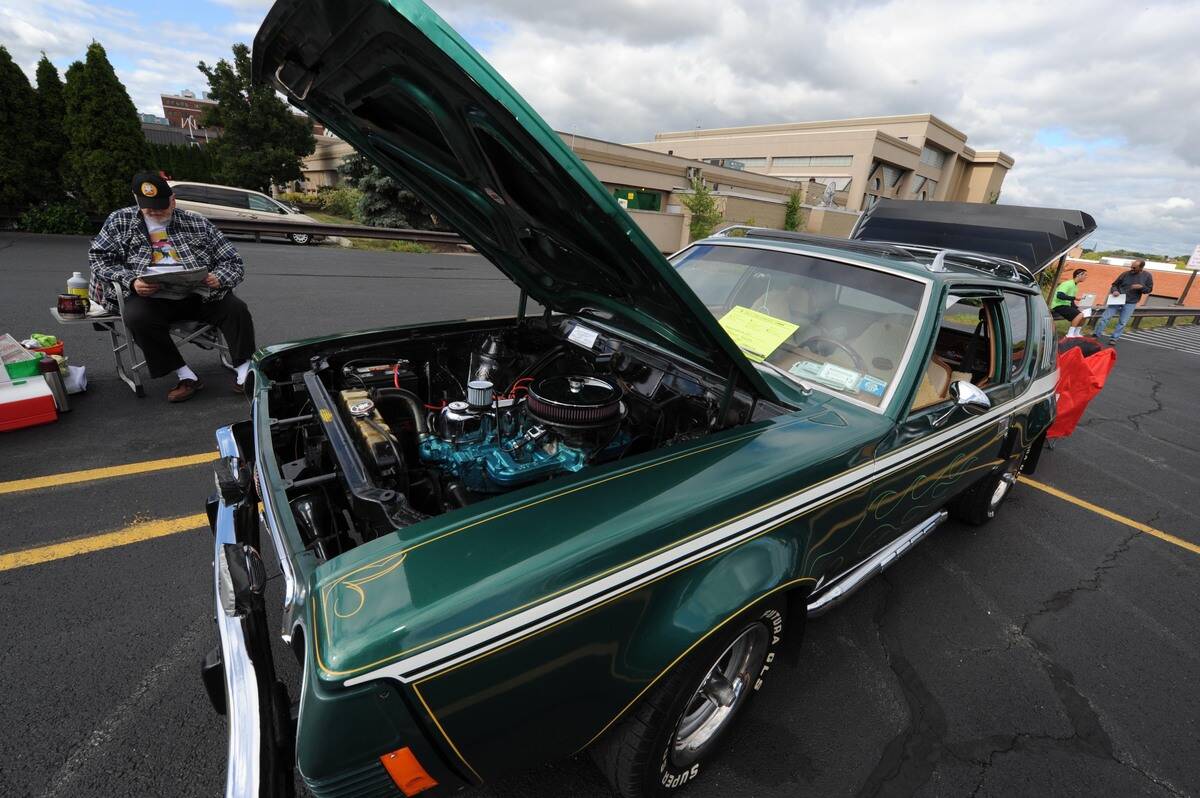
The AMC Gremlin, a subcompact car known for its quirky looks, offered a surprisingly sporty option with the Gremlin X package. Introduced in 1970, the X came with a unique AMC-built 232 cubic inch inline-six engine.
This wasn’t your typical six-cylinder. It packed a punch with a two-barrel carburetor, delivering more power than many V6 competitors at the time. The Gremlin X wasn’t a huge seller, but it carved a niche for itself with its unexpected muscle, and the 232 six remained its heart throughout the X package’s short three-year run.
BMW M10

The BMW M10 engine, a legend in the car world, reigned from 1962 to 1988. This iron-block, single overhead camshaft inline-4 started life as a 1.5-liter unit, but grew to displacements as large as 2.0 liters throughout its production.
Known for its reliability and smooth operation, the M10 could also be a rev-happy performer, especially in higher-performance variants. It served as the backbone for many beloved BMWs, including the sporty 2002tii and the early E30 3-Series.
Chevrolet 90 Degree V6

The Chevrolet 90-degree V6 engine family, introduced in 1978, was General Motors’ answer to the growing demand for fuel efficiency without sacrificing power. Based on a scaled-down version of the successful Chevy small-block V8, the initial 200 cubic inch (3.3 liter) variant aimed to improve fuel economy in Chevrolet’s downsized Malibu.
The engine family evolved over the years, with the most popular version being the 4.3 liter (262 cubic inch) V6. This engine found a home in various Chevrolet and GMC trucks and vans throughout its production run, ending in early 2014.
This tiny titan squeezed out impressive performance for its era, thanks to its twin Garrett turbochargers nestled within the 90-degree aluminum block. Later iterations even bumped up the valve count from three to four per cylinder, further enhancing power and efficiency.
Lotus C36GET 3.6L inline-six

The Lotus Carlton is one of the world’s most iconic sleepers. Don’t let the looks deceive you, this saloon boasted a legendary engine co-developed by Opel and Lotus.
Originally a 3.0L inline-six from the standard car, Lotus breathed new life into it by boring and stroking it to 3.6L. Twin Garrett T25 turbochargers were then strapped on, resulting in a monstrous power output of 377 horsepower and 419 lb-ft of torque. This sort of performance was unheard of for a four-door family car at the time, rightfully earning the Carlton a nickname as the “King of the Autobahn”.
Daimler 2.5L V8
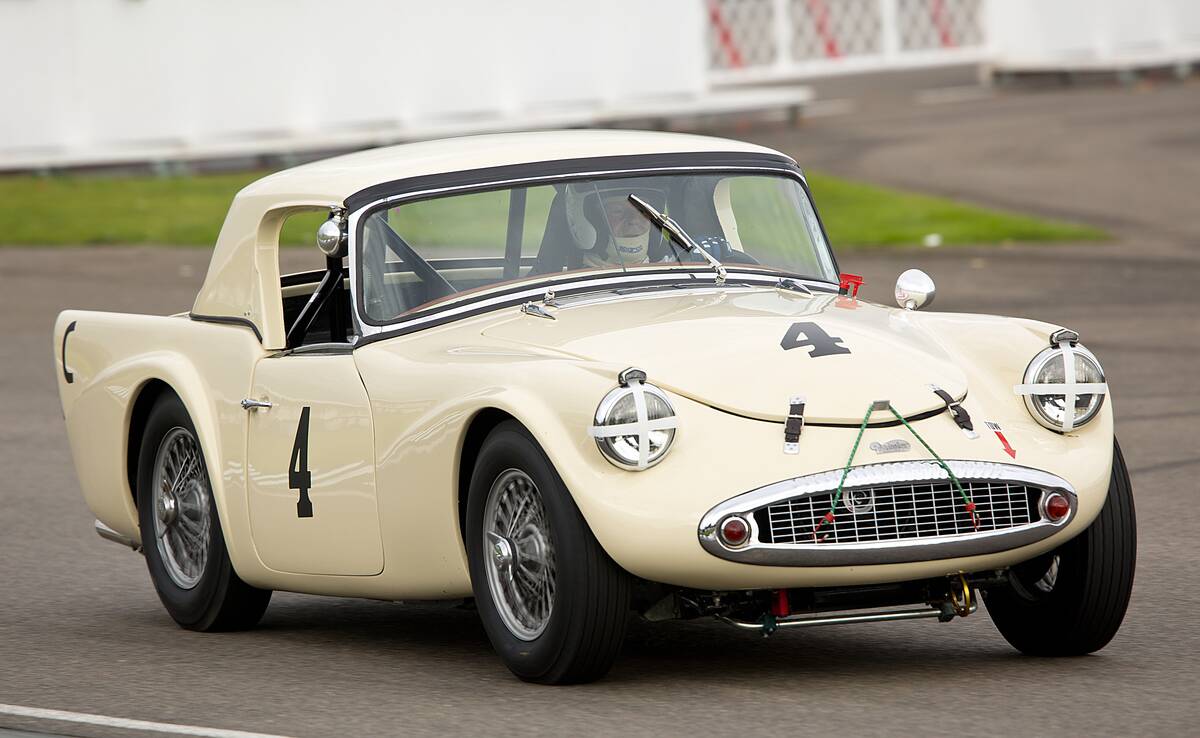
The Daimler 2.5L V8 engine was a short-lived but significant powerplant designed by Edward Turner for the Daimler Company. It debuted at the end of the 50s and aimed to revitalize the brand’s performance image. Notably, it boasted a hemispherical cylinder head design, a rarity for the time, contributing to its output of 140 horsepower.
The engine found its greatest success under the hood of the Daimler 2.5 V8, a saloon from the early 60s. This car essentially took the Jaguar Mark 2 platform and dressed it in Daimler’s luxurious trimmings, offering buyers the perfect mix of performance and luxury.
Mazda 12A

The Mazda 12A rotary engine, introduced in 1970, marked a significant chapter in automotive history. This compact 1.0-liter engine was the successor to the even smaller 10A rotary, offering increased power and refinement.
Unlike conventional piston engines, the 12A featured a triangular rotor spinning within a trochoidal chamber, creating a smooth and powerful delivery without the typical vibrations. This innovation made the 12A a darling of enthusiasts who appreciated its rev-happy nature and iconic exhaust note.
Subaru EA
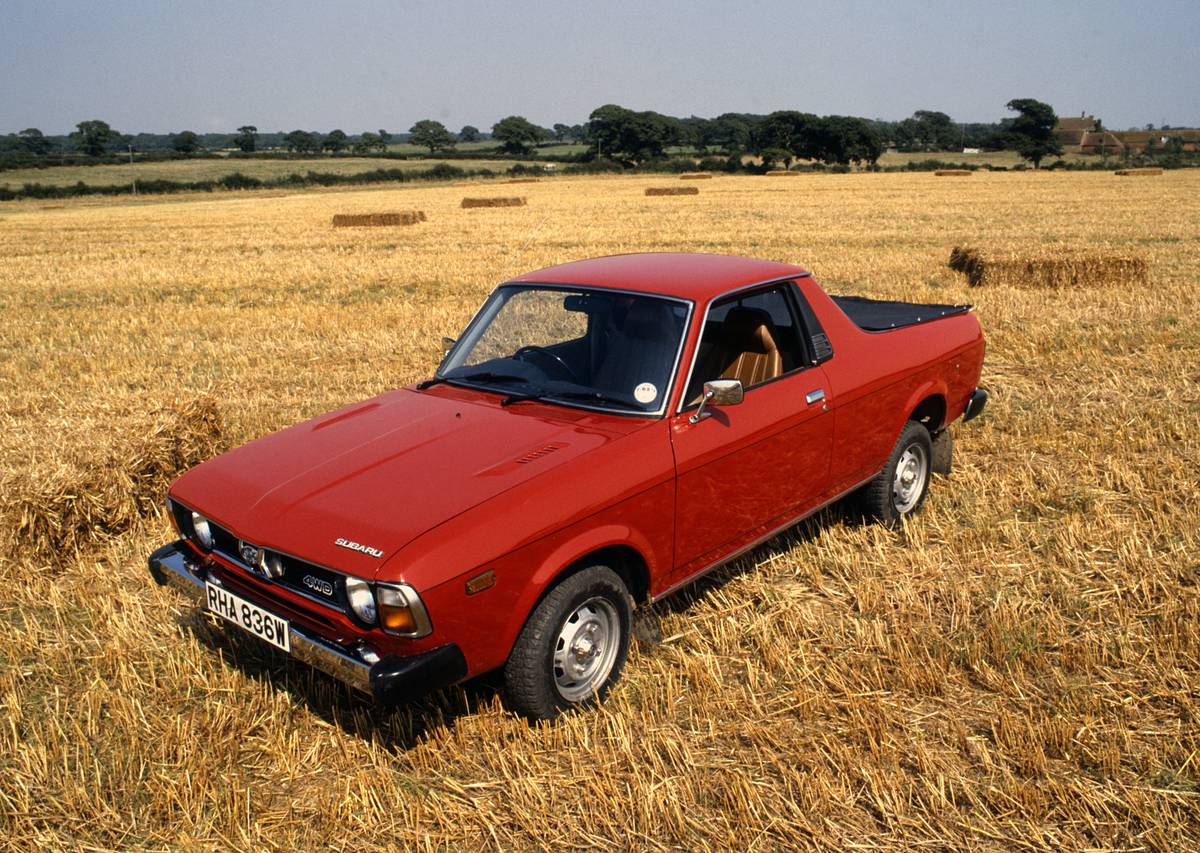
The Subaru EA engine was a workhorse, powering the Japanese automaker’s vehicles from the mid-60s. These engines were all flat-fours, a signature Subaru design where the cylinders lie horizontally instead of vertically. This unique layout creates a lower center of gravity, which translates to sharper handling and better stability, particularly beneficial in all-wheel-drive cars that Subaru is known for.
The EA series came in various displacements, ranging from a modest 1.0 liter to a more substantial 1.6 liter. They were offered in single-overhead-cam and pushrod configurations, and while not known for mind-blowing power, they provided reliable and efficient performance for a range of Subaru cars,.
Ford Sidevalve
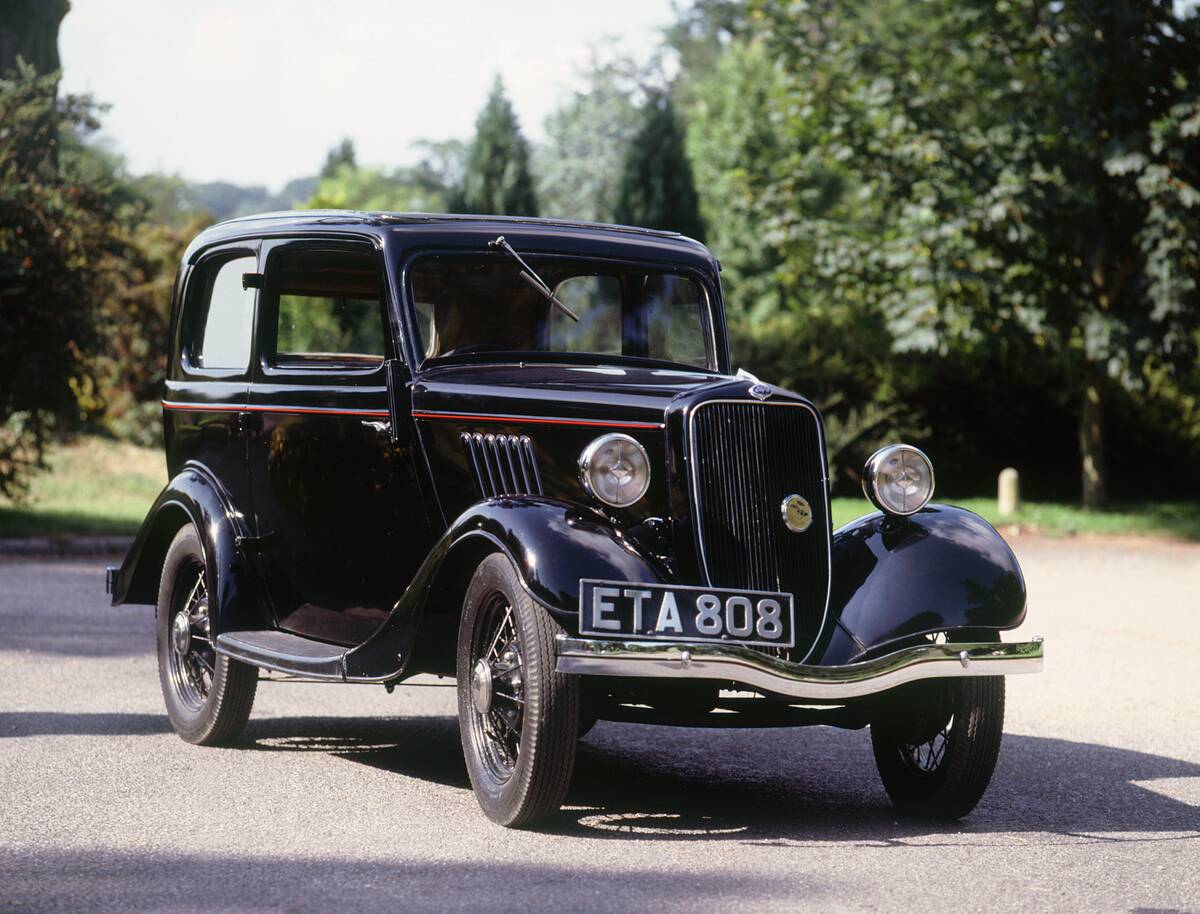
The Ford Sidevalve, also known as the Flathead, was a workhorse engine produced by the British arm of Ford Motor Company. Introduced in the 1930s, it came in two sizes: a 933 cc and a 1,172 cc four-cylinder layout. Early models lacked a water pump, relying on a simpler thermosiphon cooling system.
This engine powered several popular Ford vehicles in the UK and beyond. Cars like the Ford Model Y, Prefect, Anglia, and Popular all relied on the Sidevalve’s dependable nature.
Lancia V4
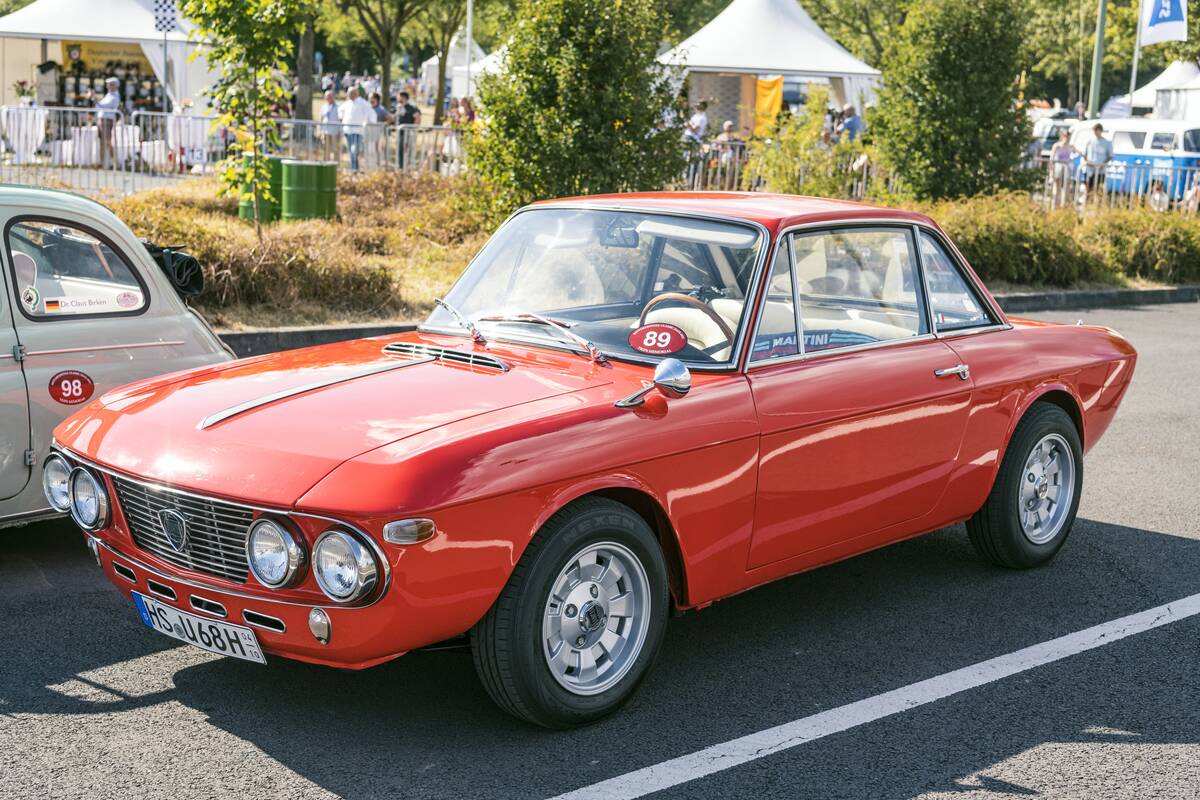
The Lancia V4 engine was a pioneer in the world of compact, narrow-angle V engines. These unique powerplants utilized cylinder banks angled at just 10 to 20 degrees, allowing them to be housed under a single cylinder head – much like a straight engine. This innovative design kept the engine block short and light, benefiting handling and performance.
Throughout its production run that lasted until the 1970s, Lancia offered various displacements of the V4, ranging from a 1.1 liter to a sporty 2.0 liter. These engines found homes in numerous Lancia cars, including the iconic Flavia and Fulvia.
Bugatti 6.0L V12
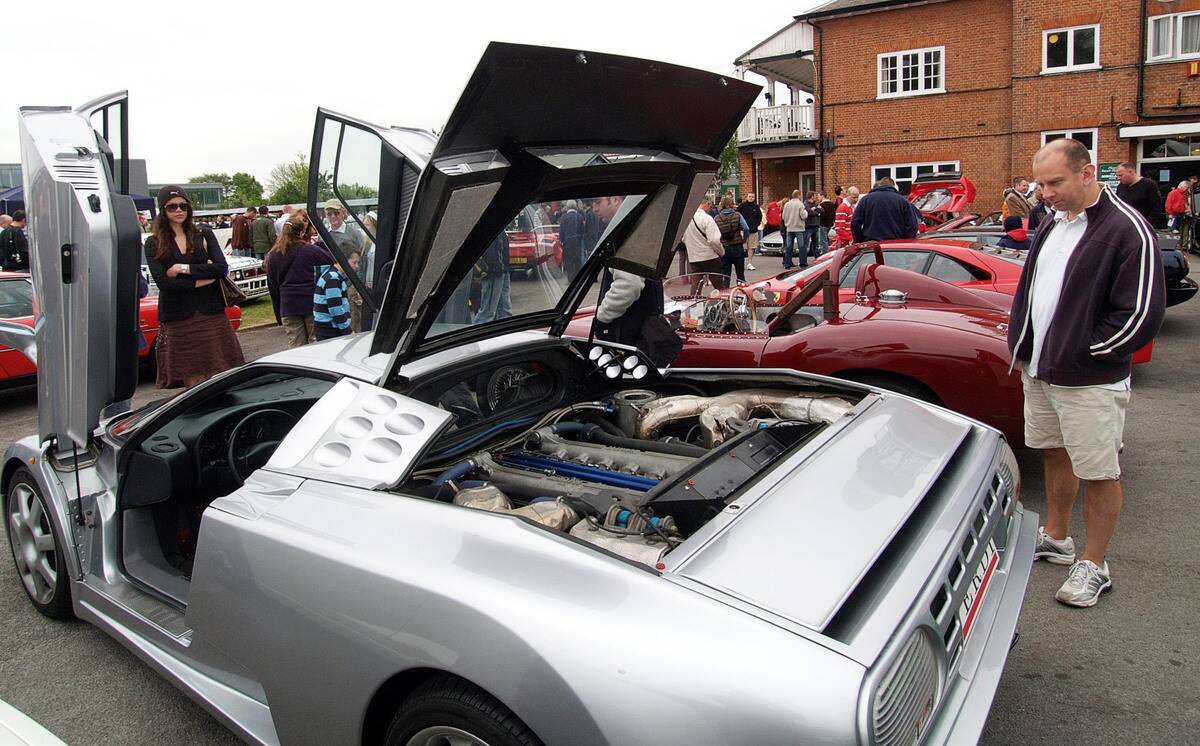
Bugatti built a monster of an engine in the early 1990s with their 6.0L V12. Intended for the EB 118, a luxurious high-performance sedan that never made it to production, this naturally-aspirated powerhouse offered a glimpse into Bugatti’s design capabilities at the time.
Boasting 456 horsepower and 479 lb-ft of torque, the engine was a marvel of engineering. Uniquely, it was placed behind the front wheels but positioned closer to the center of the car for optimal weight distribution and handling. While the EB 118 remained a concept, the 6.0L V12 stood as a testament to Bugatti’s pursuit of power and innovation.



